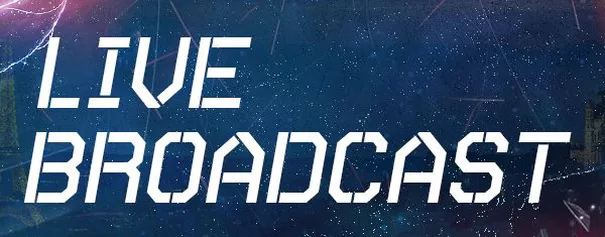In the year 1939, live broadcasting is introduced to the world in the form of live TV sports event.
Which has become so popular that many media companies and network stations have adopted its service and used it to broadcast other events like news, weather broadcast, national parades, variety shows for entertainment and so on.
The sole reason why people are eager to watch live events in their television or other media device is due to the physiological fact that most people prefer to get the latest information update via any media and get a strong sense of satisfaction in this way.
With improvements in technology, live broadcasting is more widely used for corporate and personal events. Especially in the social media era, where people can easily record a video in real time and broadcast to the world using smartphones or tablets. This, in turn, has changed the way of consuming media in our daily life to be more connected to the world of vast knowledge plus the ability to interact with people of different cultures and values on the global scale. Which is only possible when the video/audio content is made available in real time, cloud-based internet and live streaming or live broadcasting services.
There is always pros and cons in every technology old or new, while it can be amusing to see hilarious and funny bloopers in the live broadcast such as situations where the anchorman will say the wrong script in the actual location, presenters doing texting his mobile phone not realizing the camera are filming him …etc. The downside of broadcasting a live event is that there is no second chance if mistakes are made. But in general, live broadcast service is a very tool that not only changes the way we interact with other people via the internet in our daily life. It also opens a new platform in how we share information and communicate with each other for business or leisure.


get in touch